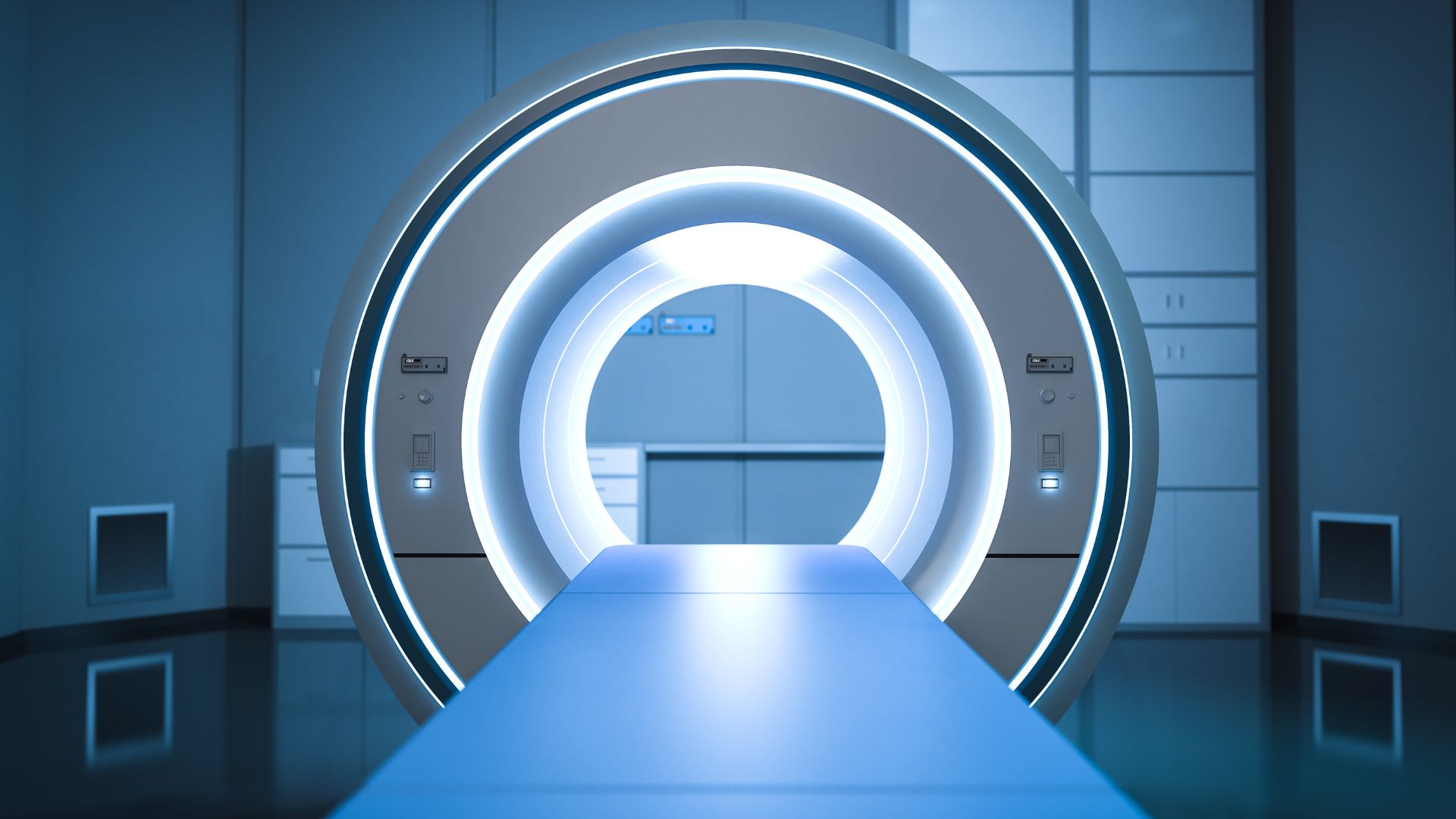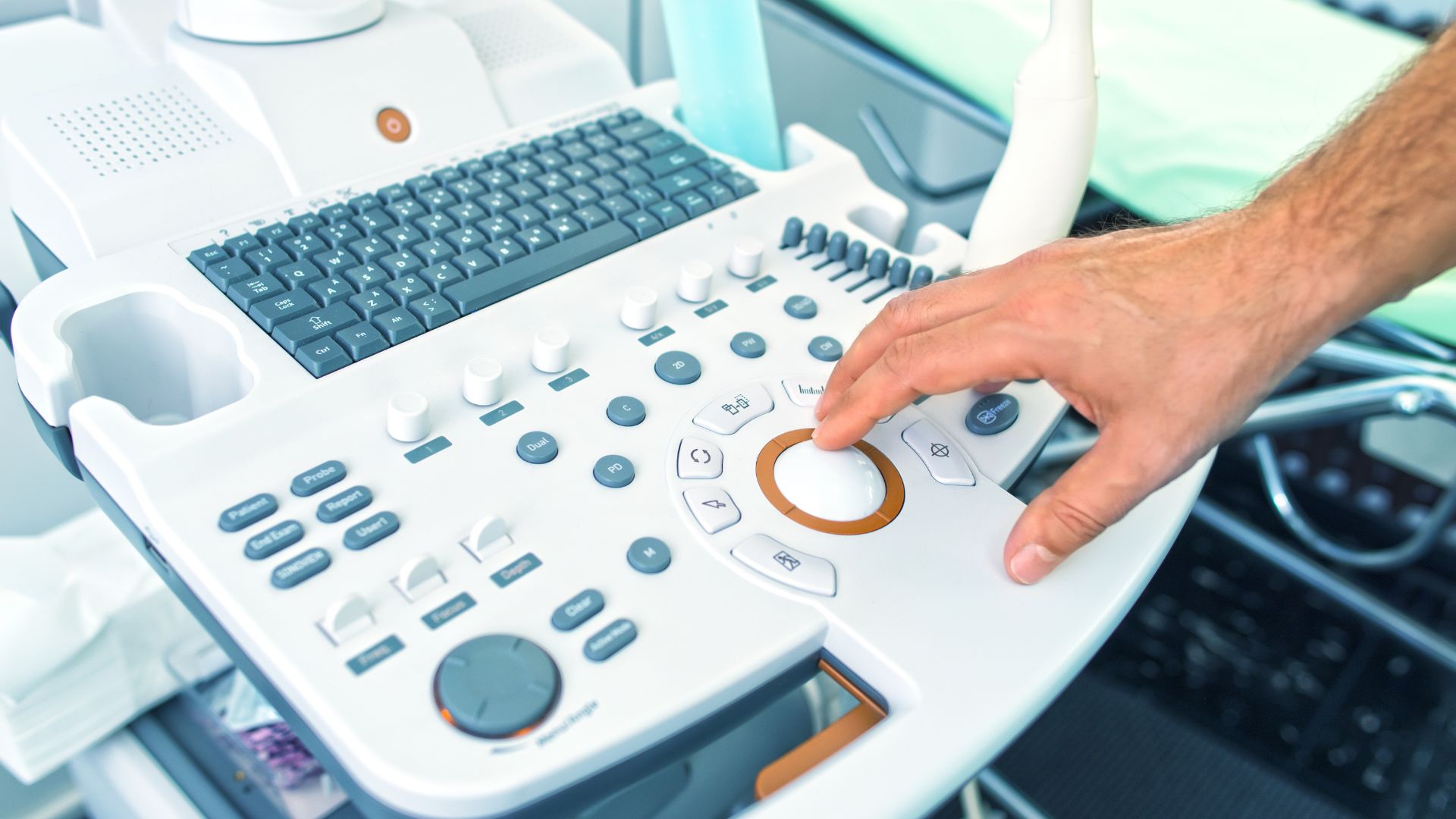Smart contact lenses are an emerging category of medical devices that integrate digital technology to monitor health conditions, adjust vision, or deliver medication directly to the eye. These advanced lenses may feature glucose monitoring for diabetics, intraocular pressure tracking for glaucoma, augmented reality (AR) displays, or drug-release mechanisms.
Due to their direct interaction with the eye & embedded technology, smart contact lenses are regulated as Class II or Class III medical devices by the FDA. Manufacturers must comply with FDA regulations—including 510(k) clearance, Premarket Approval (PMA), cybersecurity protocols, sterility testing & UDI compliance—to legally market these devices in the US. Non-compliance can lead to Import Alerts, detentions, regulatory fines & enforcement actions.
How the FDA Classifies Smart Contact Lenses
- Class II (Moderate Risk, Requires 510(k) Clearance): Includes lenses with basic biometric tracking (e.g., blink monitoring, tear film analysis) or adaptive focus.
- Class III (High Risk, Requires PMA): Includes lenses with real-time glucose monitoring, drug-delivery systems, AR functionality, or pressure tracking.
- Combination Products (Drug-Device): If the lens delivers medication, both CDRH & CDER oversight may apply.
All smart lenses must be prescribed by an eye care professional. OTC sales are prohibited by the FDA.
Key FDA Compliance Requirements for Smart Contact Lens Manufacturers
To legally sell smart contact lenses in the US, manufacturers must:
- Register Their Establishment annually with the FDA.
- List Their Devices in the FDA medical device database.
- Obtain 510(k) or PMA Clearance based on device classification.
- Implement Cybersecurity Risk Management for any wireless data transmission.
- Conduct Sterility & Biocompatibility Testing in line with ISO 10993 standards.
- Apply Unique Device Identifiers (UDI) for traceability.
- Comply with Software & AI Regulations under FDA’s SaMD guidelines.
- Follow Labeling & Advertising Requirements to avoid misleading claims.
- Prevent Import Alerts by ensuring full regulatory compliance pre-shipment.
Common Compliance Challenges & Solutions
Case Study: FDA Rejection Due to Inadequate Cybersecurity
A company developing glucose-monitoring lenses failed to meet FDA cybersecurity standards:
- Data vulnerabilities led to FDA rejection.
- The company added encryption & authentication protocols.
- Launch was delayed by over a year.
Solution: Ensure smart lenses meet FDA & HIPAA cybersecurity requirements.
Case Study: Import Detention Over UDI Non-Compliance
An AR-enabled lens was imported without proper UDI labeling:
- Shipments were detained.
- Packaging was redesigned with UDI.
- Device listings were updated.
Solution: UDI labels are mandatory & must be in place before import.
Regulatory Considerations for Smart Lens Manufacturers
- FDA User Fees: Required annually; Small Business Fee Assistance may apply.
- Import Alerts & Detentions: Non-compliance can block US entry.
- Certificate to Foreign Government (CFG): Required for international export.
- Health Canada Licensing: May require an MDEL for Canadian distribution.
How to Avoid FDA Compliance Pitfalls
- Classify & Clear Devices Properly – Know whether 510(k), PMA, or combination approval is needed.
- Implement Cybersecurity & Data Protections – Comply with FDA & HIPAA standards.
- Require Valid Prescriptions – Smart lenses are not for OTC sale.
- Ensure UDI & Tracking Compliance – Label all products appropriately.
- Use Accurate Labeling – Avoid exaggerated claims.
- Consult Regulatory Experts – Prevent fines & delays with experienced support.
Powering the Future of Vision with FDA Compliance
Smart contact lenses are revolutionizing eye care & digital health, but FDA compliance is critical for US market success. Manufacturers must ensure proper classification, cybersecurity, UDI, prescription control & labeling to avoid costly enforcement actions.
Registrar Corp helps smart lens manufacturers navigate FDA regulations, maintain compliance & launch confidently.








